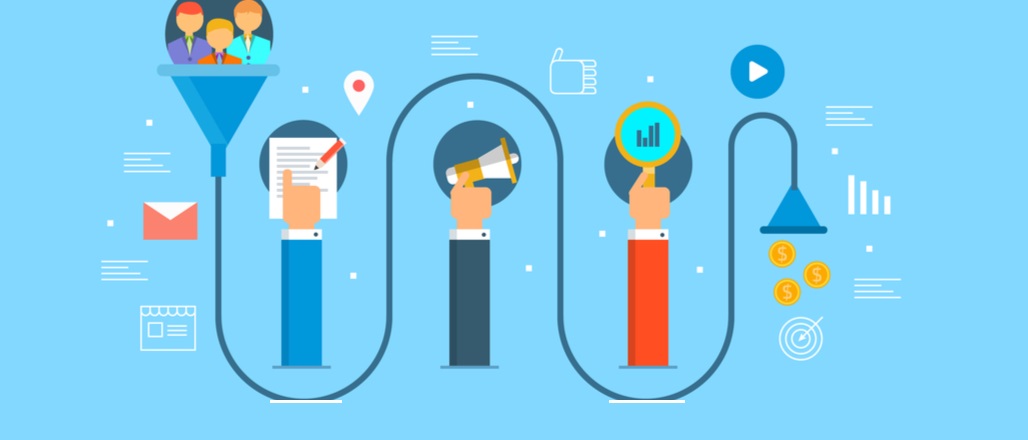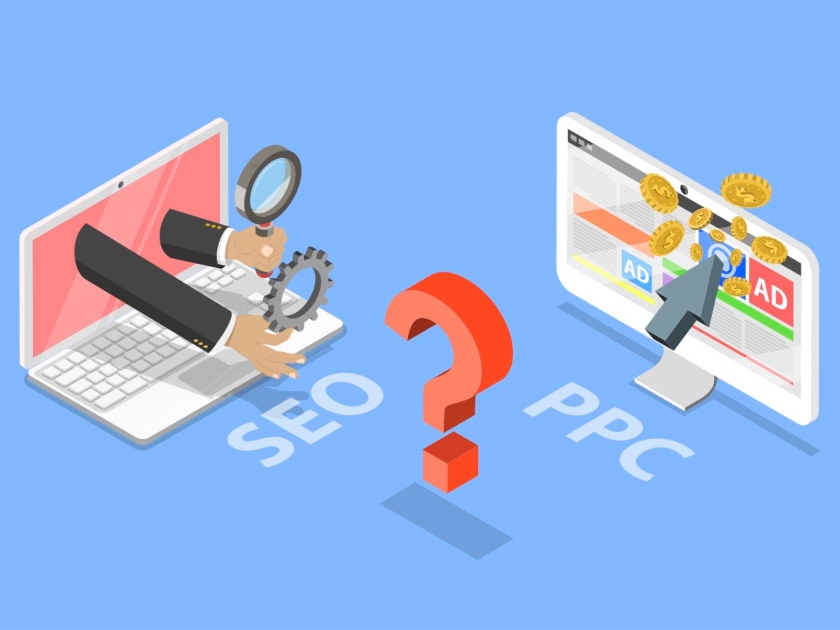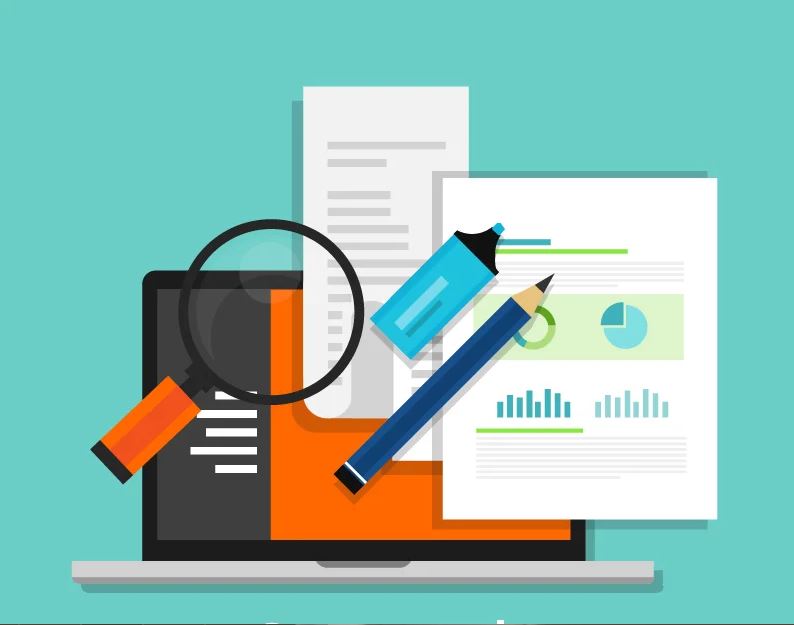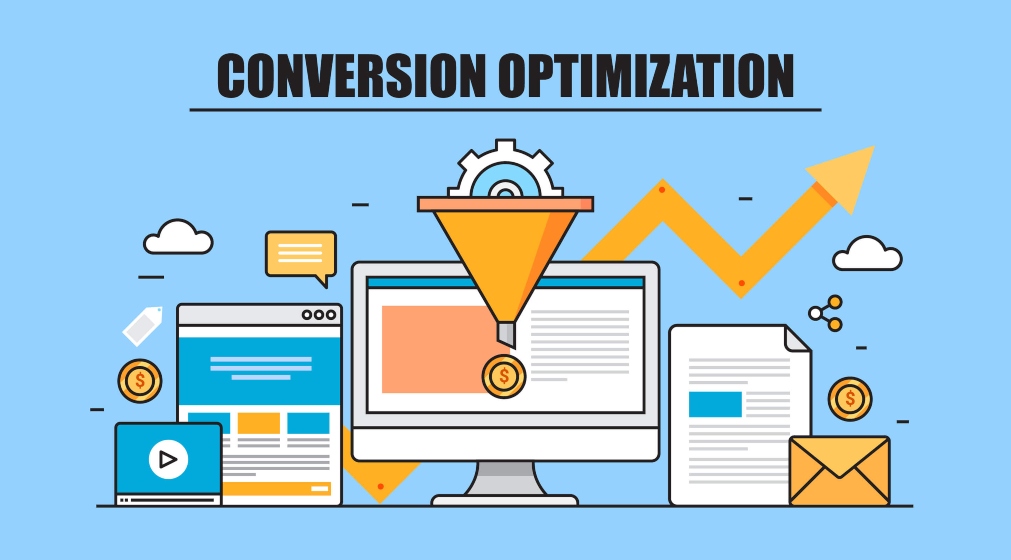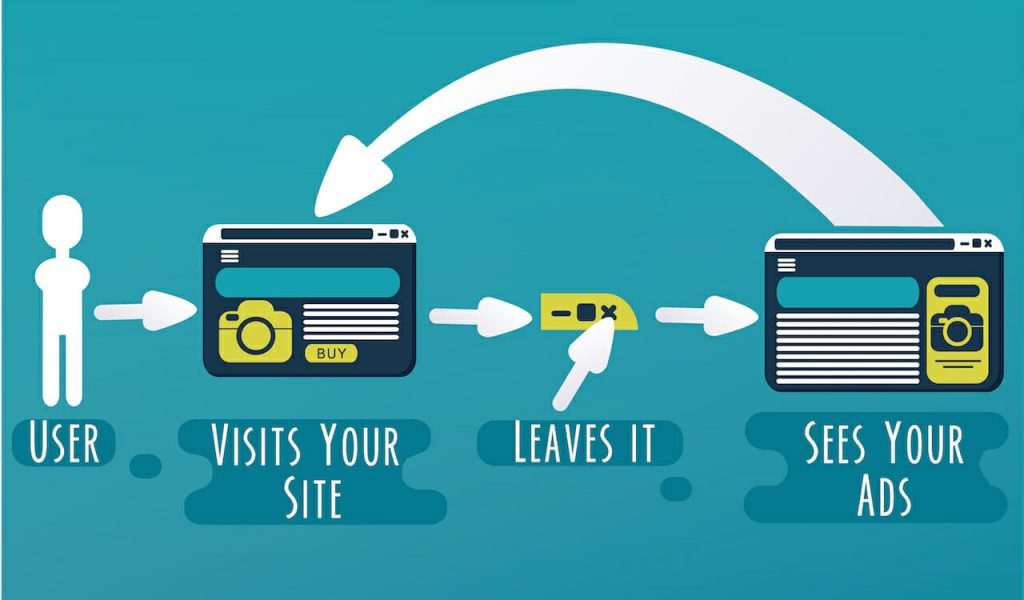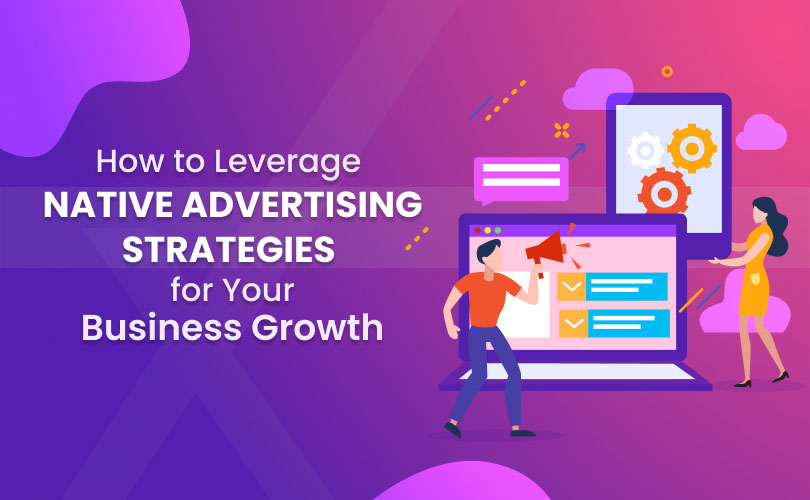Optimizing the Marketing Funnel for Your Business: 5 Key Considerations
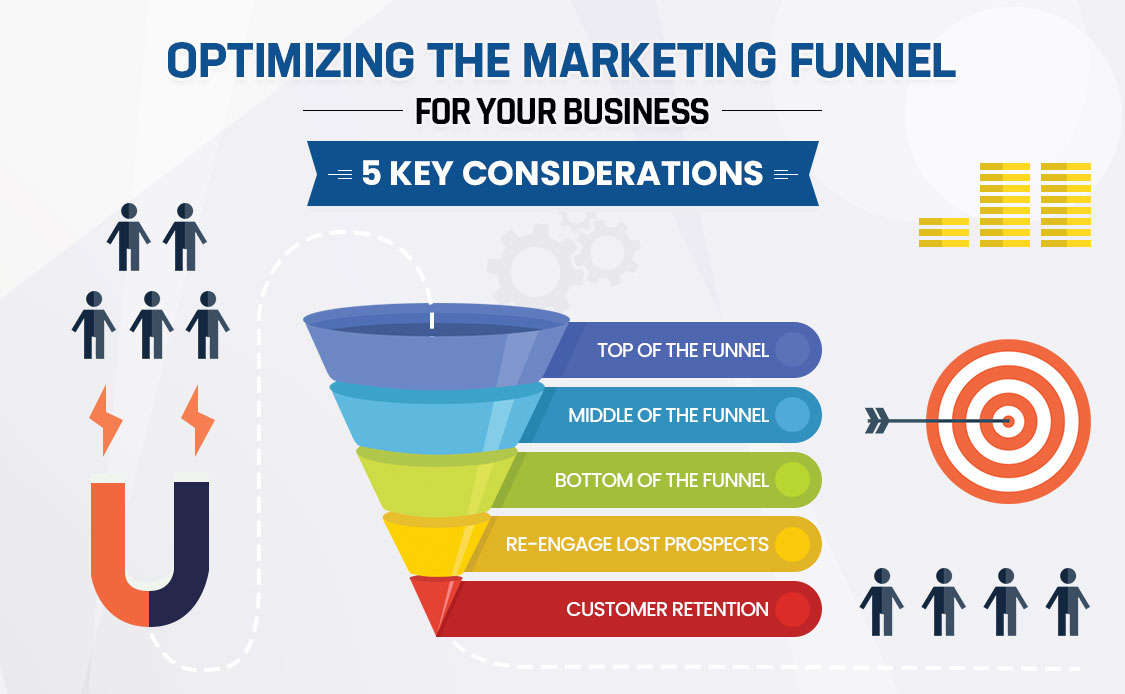
Ready to take your business to the next level? No matter what category or industry your business falls under, you need to develop an effective strategy for moving would-be customers through your marketing funnel. There are lots of factors which contribute to business success, but your effectiveness in managing the buyer’s journey well – from awareness to interest to evaluation to commitment to purchase – is absolutely critical.
No matter the size of your business, and no matter whether you operate a brick-and-mortar location or manage an e-commerce platform, you already have some type of sales funnel in place, or you wouldn’t still be in business. The question is, what does your particular sales funnel look like? And more importantly, is it as effective as it could be?
For example, let’s say you sell a particular product or service online. Something – an internet search, a PPC ad, a social media post, a customer review, a personal referral, or something else – leads someone to click on your website, and perhaps even fill out a contact form. Now it’s go-time for your sales representatives! Someone will need to get this lead’s contact information, and then follow up to help guide them through the sales journey, in the hopes that they’ll become a paying customer.
And in order to convert a user to a paying customer, you really need a well-designed marketing funnel in place for your business.
What is a Marketing Funnel?
Some call them marketing funnels, others call them sales funnels, but they’re essentially interchangeable terms. Basically, what we’re describing is the manner in which you lead customers through the buyer’s journey. The marketing funnel (or sales funnel, or conversion funnel) starts with a customer’s initial awareness of your brand or of a particular product or service, and then narrows to the focal point where the customer takes action and ultimately makes a purchase with you.
The Difference Between an Effective and a Not-so-Effective Marketing Funnel
What does an effective marketing funnel look like, versus a not-so-effective marketing funnel? Let’s look at a couple of realistic (albeit hypothetical) examples to help illuminate the point. We’ll start with an example of what not to do:
• Not-so-Effective Marketing Funnel
Josh Marketer has a software company with one product and five salespeople. Josh isn’t a very savvy marketer, so his salespeople team collects leads through a cold call approach, using a script he found online. His salespeople experience high levels of frustration and success, because most people hang up on them and they rarely even make it to the point of asking for the sale. Why? It’s because these aren’t warm leads, and most of the folks they’re calling have no direct interest in what Josh’s business has to offer.
Now let’s move on to look at an example of a marketing funnel that’s much more effective and productive:
• Effective Marketing Funnel
Katie Marketer works with a company similar to Josh’s in terms of scope and size. But Katie has managed to develop a marketing funnel that’s much more successful; her salespeople are converting leads much more regularly, with much less effort. What did Katie do? She started by updating her website with a more robust content marketing strategy. She’s updated the business website in other ways too, making it much more inviting to searchers and potential customers. Katie has also placed clear calls to action (CTAs) all over the site, including some easy-to-fill-out contact forms for customers who’d like to learn more. The contact information these users submit is then passed along to salespeople as WARM LEADS. With these warm leads in hand, Katie’s sales team is able to close MANY more sales than Josh’s team.
Helpful Tips for Navigating the Marketing Funnel
Hopefully you get the point from the two stories of Josh and Katie. Warm leads are better to work with than cold leads, and they’re MUCH more productive for your business, too. So, the real question to ask yourself is this: How can I generate more warm leads? Here’s a closer look at the marketing funnel itself, along with some ideas about how you can maximize your marketing funnel for greater success.
1. Top of the Funnel
The Top of the Funnel is the Awareness stage, where a user first interacts with your business. In most cases, the online sales funnel starts with traffic sources. Below are some good online marketing channels for driving more visitors to your site, and into your marketing funnel.
• SEO
The idea here is to help more users find your website while conducting a Google search. It’s a free traffic source for you, but optimizing your site to be easily flagged by Google requires a consistent amount of ongoing effort. If you’re serious about ranking at the top of the search engine results, then you need to get serious about SEO.
• Paid ads
SEO can certainly generate some traffic, but the best way to give your website traffic a shot in the arm is through paid ads or PPC. Ads can be purchased to appear on Google, Facebook, and other popular websites.
• Social media
Don’t underestimate the value of social media, either. A combination of regular organic posts and boosted posts on Facebook, Instagram, Twitter, LinkedIn, etc. can drive a ton of traffic to your site.
• YouTube videos
Why YouTube? It’s the #2 most popular website in the world (behind only Google), so it just makes good business sense for you to establish a YouTube presence. In addition, videos are one of the most effective ways to attract and engage users.
• Direct traffic
These are users who’ve become aware of your brand, and land on your website by directly typing in your brand name or your website address.
Bear in mind that users can enter your sales funnel at different stages of the process, too – not everyone necessarily comes in at the awareness stage. Because that’s true, it’s also good to target people at different stages of the buying journey with focused content on your website.
Once users enter your site, they become prospects. What are you doing to take full advantage of the opportunity you have to engage with your website visitors?
2. Middle of the Funnel
The Middle of the Funnel is sometimes broken down into further subsections, but essentially, it’s the Consideration stage. In this stage, potential customers are aware of their own problems and needs, and are looking for the best solutions. This is where we want to educate customers about your business products and services, what you have to offer, and why what you offer is the best solution for them. This stage is also your opportunity to build a relationship with your customers, and start earning their trust.
Here are some types of content to include on your website to help engage customers who are in this middle-of-the-funnel consideration stage:
- Case studies
- Customer success stories
- Testimonials
- Product/Service Videos
3. Bottom of the Funnel
The Bottom of the Funnel is known as the Conversion stage. At this point, users have come to trust your products and services, and they’re ready to make a purchase or establish a client relationship. Obviously, this is where you want all of your customers to end up landing. We won’t spend a lot of time here on talking about “closing the sale” tactics – that’s what you train your sales team to do! But however you do it, your approach needs to be genuine, compelling, persuasive, and relational if you want to “seal the deal.”
4. Re-engage Lost Prospects
Lost prospects are those who entered your funnel at some point, but then fell back out. Some users will even enter and leave your funnel more than once. This is a category of potential customers you definitely want to focus on, as well. In terms of digital strategies for re-engaging with these folks and leading them back to your funnel, two great avenues are open to you that include retargeting paid ads and remarketing emails.
5. Customer Retention
Once a customer has decided to purchase from you, what happens next? Even though they may no longer technically be located inside of your sales funnel (depending upon the nature of your business), they’re still incredibly valuable to your business. What we’re talking about here is the importance of customer retention, and about creating loyal repeat customers who will hopefully become brand advocates for you. Many business owners work so hard to try and gain new customers, that they stop focusing on serving their existing customers! Don’t make this mistake.
Never forget the customers who have moved successfully through your sales funnel; they are as important – and some would argue even more important – than new customers. While finding and attracting new customers is always a priority, never forget the importance of taking good care of the customers you’ve already got. Don’t just focus on attracting the customers you don’t yet have; be sure to pay proper attention towards continuing to engage the customers you’ve already “converted.”
Conclusion
Times have changed, and will continue to change. In this increasingly competitive market, we know that generating sales can be tough. But with well-designed marketing funnels, there are some things you can do to maximize the process for the highest possible conversion rates. And if you’ve stayed with us all the way to the end of this article and still aren’t sure what the best next step is for your business, the digital marketing pros at Cibirix are here to help! Get in touch with us today at , and let us help you to create the best marketing & sales conversion funnel for YOUR business.
About Author

Anoop Namdev
Anoop Namdev serves as one of the lead SEO Analysts for Cibirix. He is passionate about his pursuit of SEO, local SEO, eBay advertising, and Craigslist marketing excellence for business clients. Digital media is one of Anoop’s native tongues, and he specializes in helping local businesses to expand their business online through strategic local SEO efforts. When he’s not busy strategizing, Anoop can be found in attendance at some of his favorite public events. He also likes to paint in his free time.

